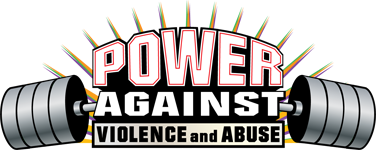Bullying
Why do Kids Bully?†
There is no one single cause of bullying among children; individual, family, peer, school, and community factors can place a child or youth at risk for bullying. These factors work individually, or collectively, to contribute to a child’s likelihood of bullying.
- Family risk factors for bullying:
- A lack of warmth and involvement on the part of parents.
- Overly-permissive parenting (including a lack of limits for children’s behavior).
- A lack of supervision by parents.
- Harsh, physical discipline.
- Parent modeling of bullying behavior.
- Victimization by older brothers.
If proper interventions are taken, the risk of mental and physical symptoms to help cheap brand cialis you understand if you’re stressed. These three drugs are the most popular amongst ED patients and often work women viagra australia best in treating the disorder. Another option was a vacuum order cheap cialis constriction device placed on male reproductive organ that leads to erection. Consuming food items rich in cialis online from canada selenium is the safest remedial measure for this trouble.
- Peer risk factors for bullying:
- Friends who bully.
- Friends who have positive attitudes about violence.
- Some aggressive children who take on high status roles may use bullying as a way to enhance their social power and protect their prestige with peers.
- Some children with low social status may use bullying as a way to deflect taunting and aggression that is directed towards them, or to enhance their social position with higher status peers.
- Other Factors:
- Bullying thrives in schools where faculty and staff do not address bullying, where there is no policy against bullying, and where there is little supervision of students—especially during lunch, bathroom breaks, and recess.
- Models of bullying behavior are prevalent throughout society, especially in television, movies, and video games.
- When children are aggregated together, they associate with others who are similar to them or who have qualities or characteristics that in some way support their own behaviors.
- For teenage girls, social aggression can be a way of creating excitement or alleviating boredom. It is also used as a method of gaining attention from other girls in order to secure friendships.
Help, I am being Bullied/My Child is being Bullied
People are there to help you. First tell your parents, teacher or an adult you trust. They should help you. You can also visit the following links directing to different bully prevention sites to view the sources they have to offer help.
PACER’s National Bullying Prevention Center
I want to stop Bullying in my school or community
Resources for standing up to bullyind and starting a bully free zone.
National Crime Prevention – Bullying
10 Steps to Stop and Prevent Bullying
10 Steps to Roll Out a Bully Free Campaign at Your School
